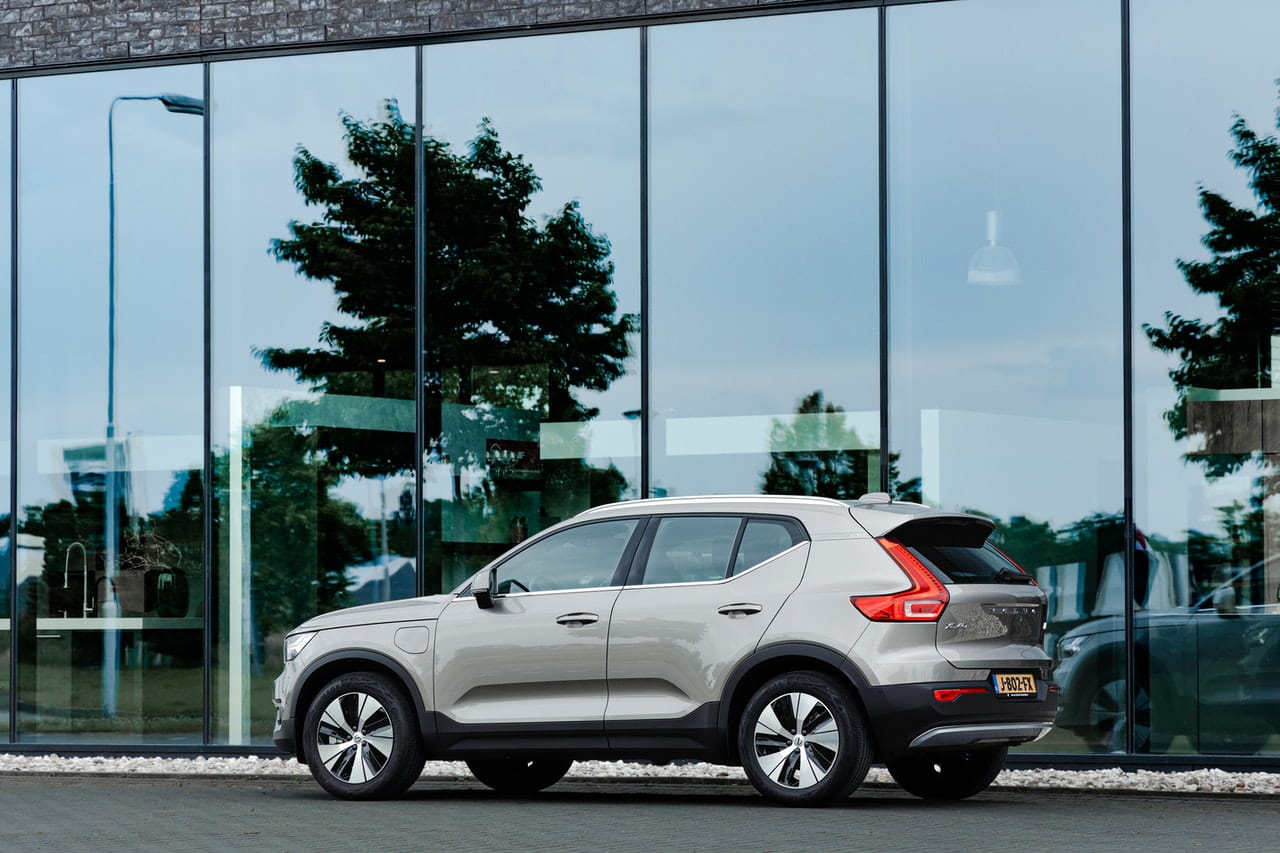Car Insurance Tips

1. Understand Your Coverage Needs
- Liability Coverage: Required in most states, covers damage to others in an accident you cause.
- Comprehensive & Collision: Protects your car from damage due to accidents, theft, or natural disasters.
- Choose limits and deductibles that balance protection and affordability.
2. Bundle Policies for Discounts
- Combine your auto insurance with other policies (e.g., home, renters, or life) for multi-policy discounts.
3. Take Advantage of Discounts
- Look for savings such as good driver discounts, multi-car policies, or discounts for safety features.
- Ask about discounts for paying in full, going paperless, or being a loyal customer.
4. Maintain a Good Driving Record
- Avoid accidents and traffic violations to keep premiums low.
- Defensive driving courses can sometimes help reduce costs.
5. Consider Raising Your Deductible
- A higher deductible can lower your premium, but make sure you can afford the out-of-pocket cost in case of a claim.
6. Evaluate Usage-Based or Pay-Per-Mile Insurance
- If you don’t drive much, these policies can save you money based on actual mileage and safe driving habits.
7. Regularly Review Your Policy
- Update your coverage when your circumstances change (e.g., new car, moving, or adding drivers).
- Ensure you’re not overpaying for unnecessary coverage.
8. Monitor Your Credit Score
- Many insurers consider credit scores when determining rates. A higher score can mean lower premiums.
9. Stay Educated on State Requirements
- Each state has different minimum coverage requirements. Ensure your policy complies to avoid penalties.
10. Install Safety and Anti-Theft Devices
- Features like anti-lock brakes, airbags, or tracking devices can lower your premium.
11. Consider Gap Insurance
- If you finance or lease your car, gap insurance covers the difference between your car’s value and the remaining loan amount in the event of a total loss.


